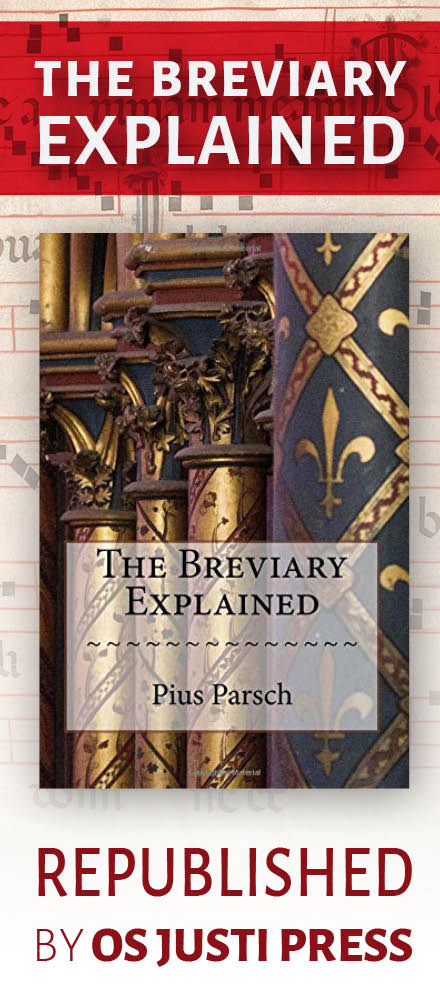An important event has occurred in the life of the Roman Church.
More significant even than the Pope's re-orientation of the liturgy by means of the arrangement of the versus populum altar -- though going hand in hand with that important development -- the Pope has now given an important public witness and example of the acceptability of the celebration of the sacred liturgy "ad orientem" -- that is, with the priest, in this case the Pope himself, and the faithful directed together in a common sacred direction, turned towards the Lord, towards the symbolic "East" of the liturgy. This is the first such public manifestation (as compared to this practice in the Pope's private chapel) for quite some time and that it has occurred within the Vatican itself is also significant.
The liturgy celebrated is that of the Baptism of the Lord. Baptism, of course, is the beginning of new life and the initiation into Christian life and perhaps in a fitting bit of symbolism, the Pope has sent forth a clear message, a re-baptism if you will of the place of common sacred, liturgical direction in the life of the church.
While the Council itself never abolished this ancient liturgical practice of the Christian East and West, and while liturgical law has always allowed this, as I have said before, the example -- and particularly the public example -- of the Pope does matter for Catholics. This is a teaching moment and it can be reasonably expected that this will send a clear message that ad orientem is conciliar and has a central, normal place in the liturgical life of the Church. This will no doubt also be an example that priests will feel now feel more empowered to follow.
This event is significant enough that the NLM made a point of rising in the middle of the night to bring you images and news of this as it happened:
To give you a point of comparison, here is what has been seen prior to today in the Sistine chapel:




















